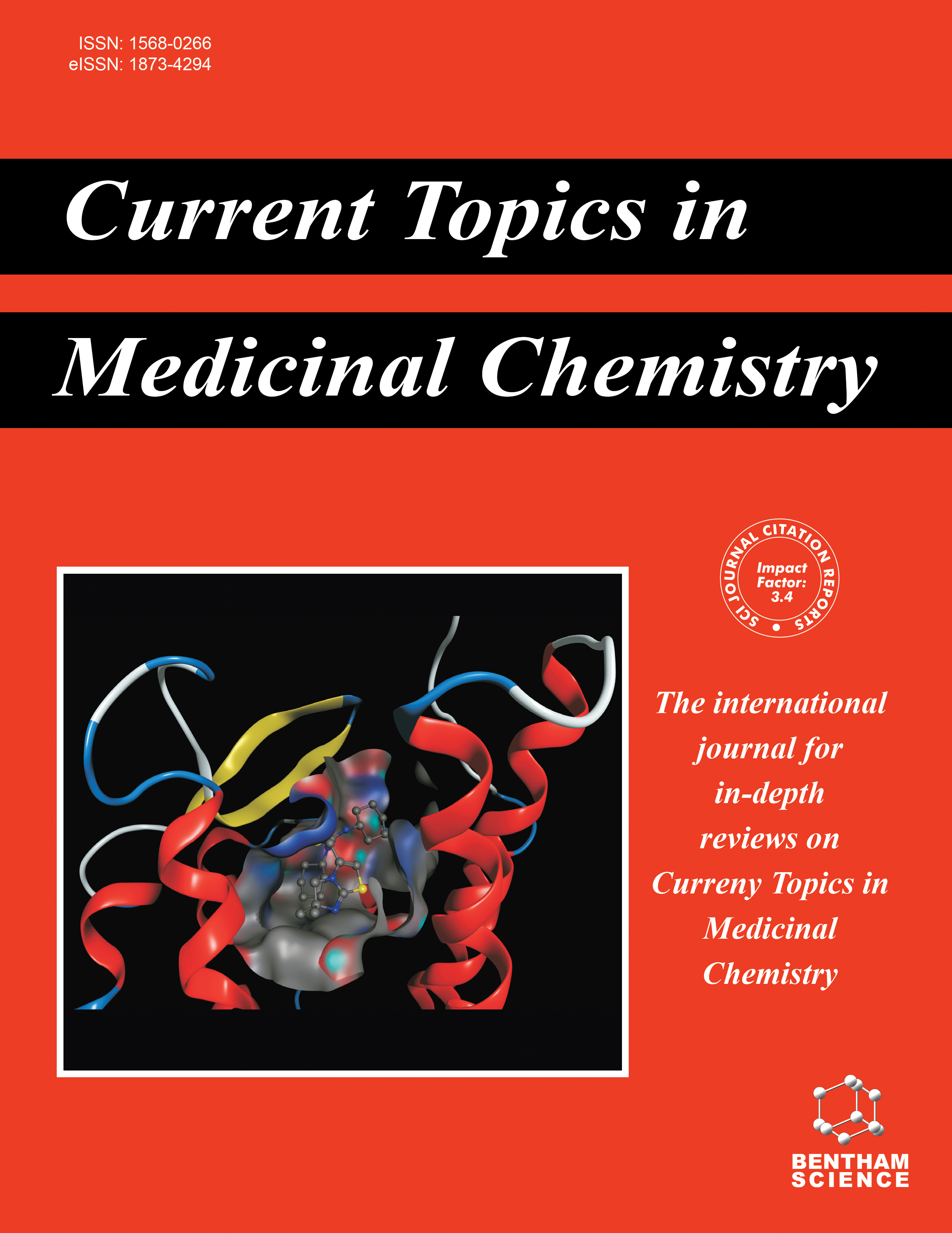
Full text loading...
Cancer stem cells (CSCs) have become a key player in the growth of tumors, the spread of cancer, and the resistance to therapeutic interventions. Targeting these elusive cell populations has the potential to fundamentally alter cancer treatment plans. CSCs, also known as tumor-initiating cells (TICs), are thought to play a role in both medication resistance and cancer recurrence. This is explained by their capacity to regenerate themselves and change into different kinds of cancer cells. Due to their higher expression of ATP-binding cassette (ABC) membrane transporters, enhanced epithelial to mesenchymal (EMT) characteristics, improved immune evasion, activation of survival signaling pathways, and improved DNA repair mechanisms, CSCs exhibit extraordinary resistance to therapies. This comprehensive analysis delves into advancements in the domain of Targeted Cancer Stem Cell Therapeutics, concentrating on unraveling the distinctive traits of CSCs and the therapeutic methods devised to eliminate them.

Article metrics loading...

Full text loading...
References


Data & Media loading...

